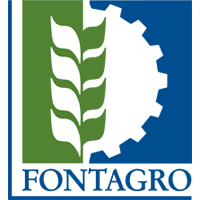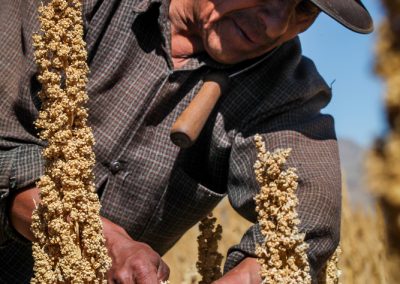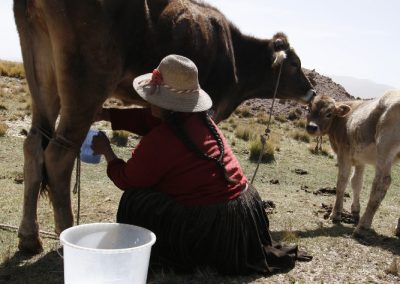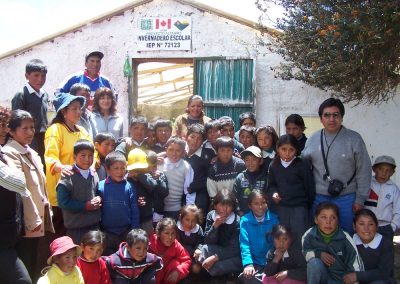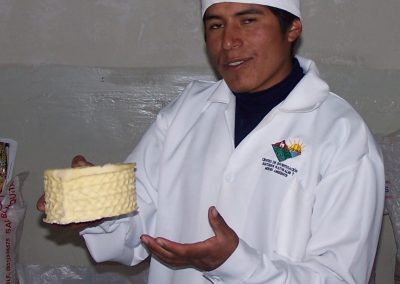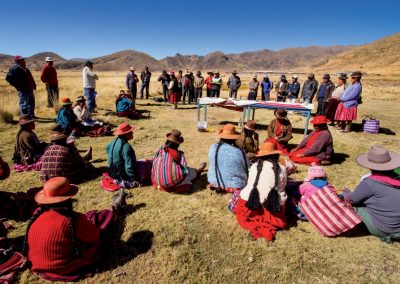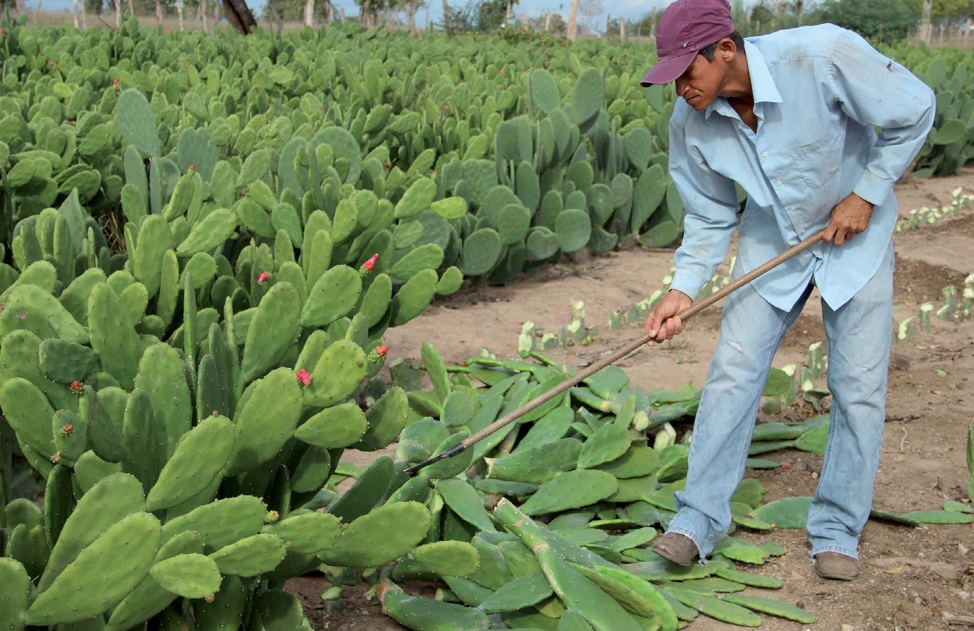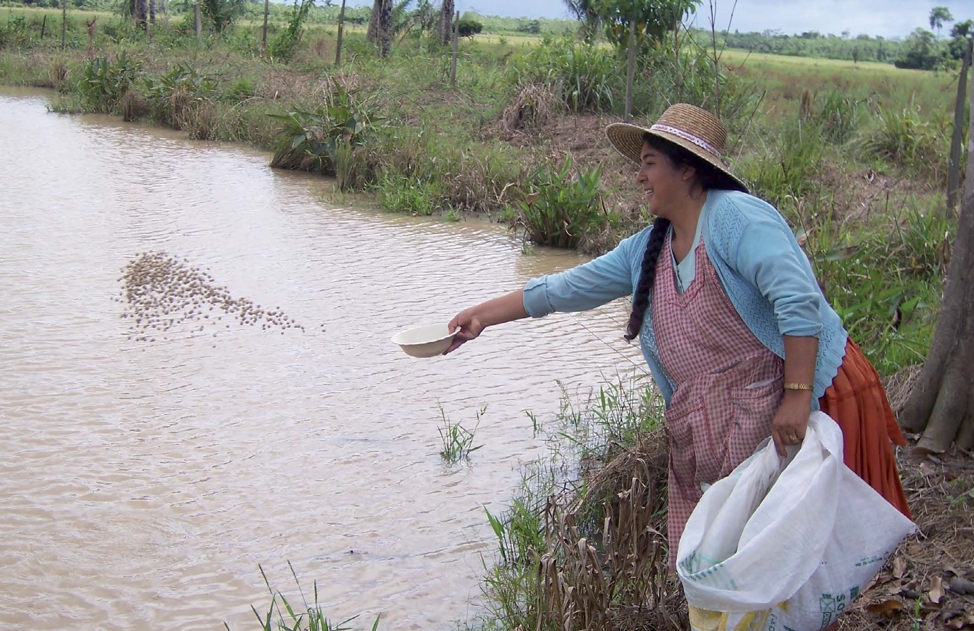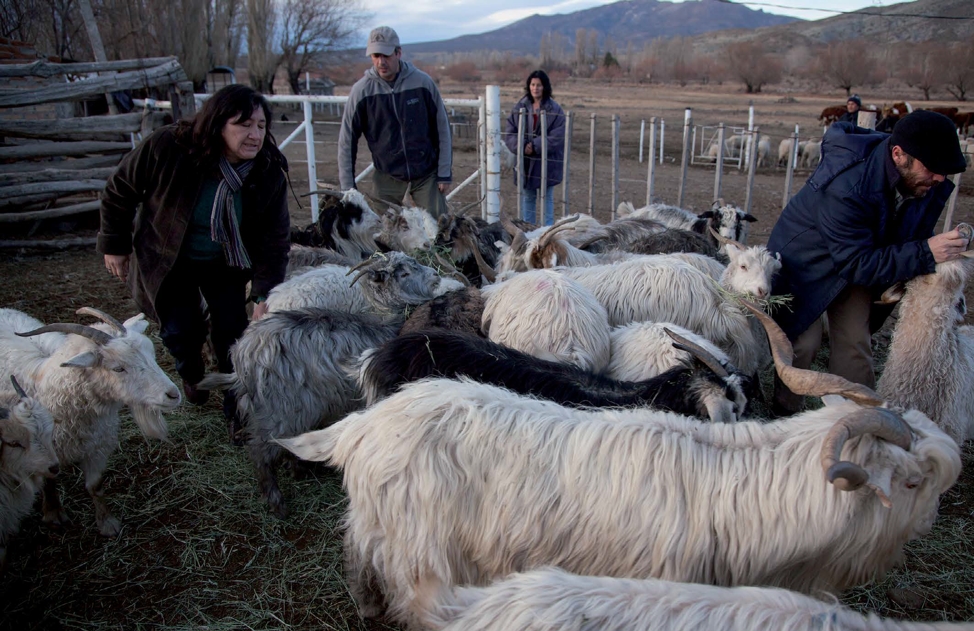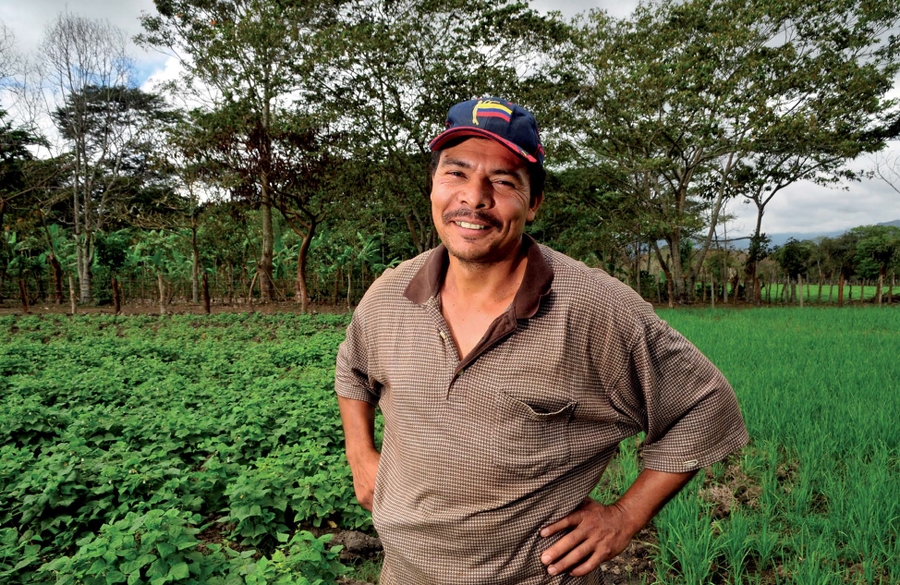Summary
Sixty-eight percent of the agriculture population in the Peruvian Altiplano lives in extreme poverty and faces high climate variability, which is exacerbated by the effects of climate change.
Within this context and with the support of the Canadian International Development Agency (CIDA), in 2006 the Andean Agriculture in the Altiplano (ALTAGRO) project was launched. The initiative was led by the International Potato Center, an organization that focuses on improving the lives of poor people who depend on root and tuber food systems, in collaboration with the Centro de Investigación de Recursos Naturales y Medio Ambiente, a nonprofit organization in the region.
Its objective was to help farmers leave subsistence production and move towards market-oriented activities, sustainable both economically and environmentally, with the aim of improving food security and family income. For this purpose, the project focused on developing value chains with comparative advantages in terms of their productive potential, nutritional contribution, domestic and international demand, and resilience to growing climate threats.
With this vision, innovations covered several areas. Regarding organic quinoa, these actions allowed for capturing value in such demanding markets as the United States and Europe, as well as increasing family income tenfold. Similarly, dairy farming efficiency was improved and connected to cheesemaking, distribution, and consumption, thus improving productivity and quality throughout the value chain.
Craftswomen were also trained so their garments meet new designs required by demand.
Another activity driven by ALTAGRO was trout production; these fish are now sold with standardized quality both in Peru’s market and internationally.
Lastly, and in direct correspondence with improved nutrition, family and school greenhouses were introduced to promote horticulture as a means to promote a diversified and healthy diet.
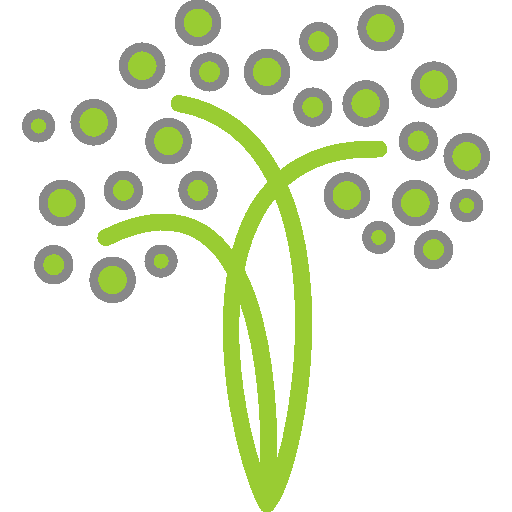
Organic quinoa
Milk and cheese
Handicrafts
Trout production

School and family greenhouses
The methodology used for adopting technologies combined group learning, technical assistance, and supervised credit. Financing was provided by creating revolving funds, supplemented with contributions from local banking institutions and nonprofit organizations, among others. It is interesting to note that even though loans—averaging US$790 per family— accrued interest, repayment was significant, which speaks well of the motivation and competitiveness achieved.
Direct beneficiaries included some 2,200 families, with more than 6,600 members—60% of them women—from 100 rural communities. There were also 8,400 people from 129 villages in the region who benefited indirectly. Participants were not only lifted out of poverty, but they also registered a 70% increase in their capital index—an indicator of the welfare of communities compiled by the World Economic Forum—thanks to their improvements in financial, social, human, and natural capitals.
families that benefited from the project
US$ average loan per family
%
increase in their capital index
The project validated the importance of interinstitutional work for building the capacities of farming families, disseminating technologies, and organizing value chains. Even though the project lasted a relatively short time, i.e., five years, it was built on the basis of years of previous experiences from several institutions and it left a very important mark in a region where the presence of government agencies is limited and work is often done with a paternalistic and welfare-based approach.
In this regard, ALTAGRO played a catalytic role by creating synergies among all of the governmental and private organizations that operate in the Altiplano. The initiative underscored the need for long-term programs that foster the addition of the results of specific projects, so as to promote sustainable development for farming families within the context of climate change.

